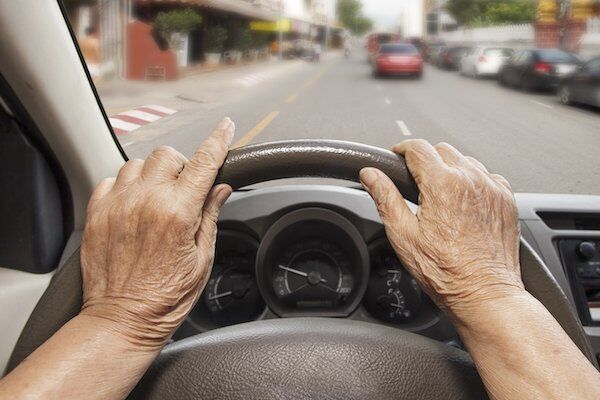
A supplemental driving performance evaluation (SDPE) is a driving test conducted by the DMV. The Department uses the test in its reexamination process to re-evaluate your ability to drive safely.
The SDPE is similar to the “Behind the Wheel” test the DMV administers to new drivers. However, the evaluation focuses more on drivers with vision difficulties and medical conditions. The DMV has the authority to suspend your driver’s license if you fail the evaluation.
Note that if the DMV suspends your license because you failed a SDPE, you can:
Our DMV hearing attorneys will discuss the following in this article:
A supplemental driving performance evaluation is a driving test conducted by the California DMV. 1
Sometimes the Department learns of a condition that may impact your ability to drive safely.
These conditions may include:
In this situation, the Department has you undergo an SDPE. The aim is to determine if:
SDPEs are often used to test the driving performance of elderly drivers. Though the DMV can test drivers of all ages with a harmful medical condition.
The test itself is similar to the “Behind the Wheel” test the DMV administers to new drivers. This test is also referred to as the “Driving Performance Evaluation,” or “DPE.”
A main difference between the two tests, though, is that the supplemental test is geared more towards drivers with:
Though like the DPE, the supplemental evaluation tests on:
You also have to complete a safe driver checklist, which includes some tasks like:

The DMV has many elderly drivers take the SDPE.
A driving examiner writes a report after you complete a SDPE. This examiner rides in the same vehicle as you during the completion of the test.
The report critiques and assesses your performance in the evaluation. The report is then forwarded to a DMV hearing officer.
The officer reviews the report and then, based on its findings, decides whether to:
If a suspension, then the DMV sends you an Order of Suspension.
The basis for a suspension is often:
The DMV may allow you to re-take a supplemental driving performance evaluation.
Though the Department does not have to. The DMV typically allows a re-take if:
If the DMV suspends your license because you failed an SDPE, you can:
You must request a hearing within 10 days of receiving the Order of Suspension.
A reexamination hearing is a DMV proceeding in which the Department re-evaluates your ability to drive safely. 9
You win a hearing by convincing the DMV that:
At the completion of this hearing, a hearing officer may order:

If the DMV suspends your license, you can challenge it.
A reexamination is usually conducted in a DMV regional office.
The hearing is conducted by a “hearing officer.” This person is a DMV employee and is not:
The hearing often includes two separate phases. These are the:
The interview stage is when the hearing officer interviews you. The officer asks questions concerning why you may no longer be able to drive safely. Depending on the answers, the hearing officer may suspend your license after the completion of the interview.
If a suspension occurs after an interview, then a hearing is scheduled. The hearing takes place within 14 days of the interview. The hearing is your opportunity to show the DMV that:
You may present evidence of your safe driving during the hearing. This evidence may include:
If you show you can drive safely, the hearing officer may reverse its initial decision.
For more information, refer to these informational pages by the California DMV: